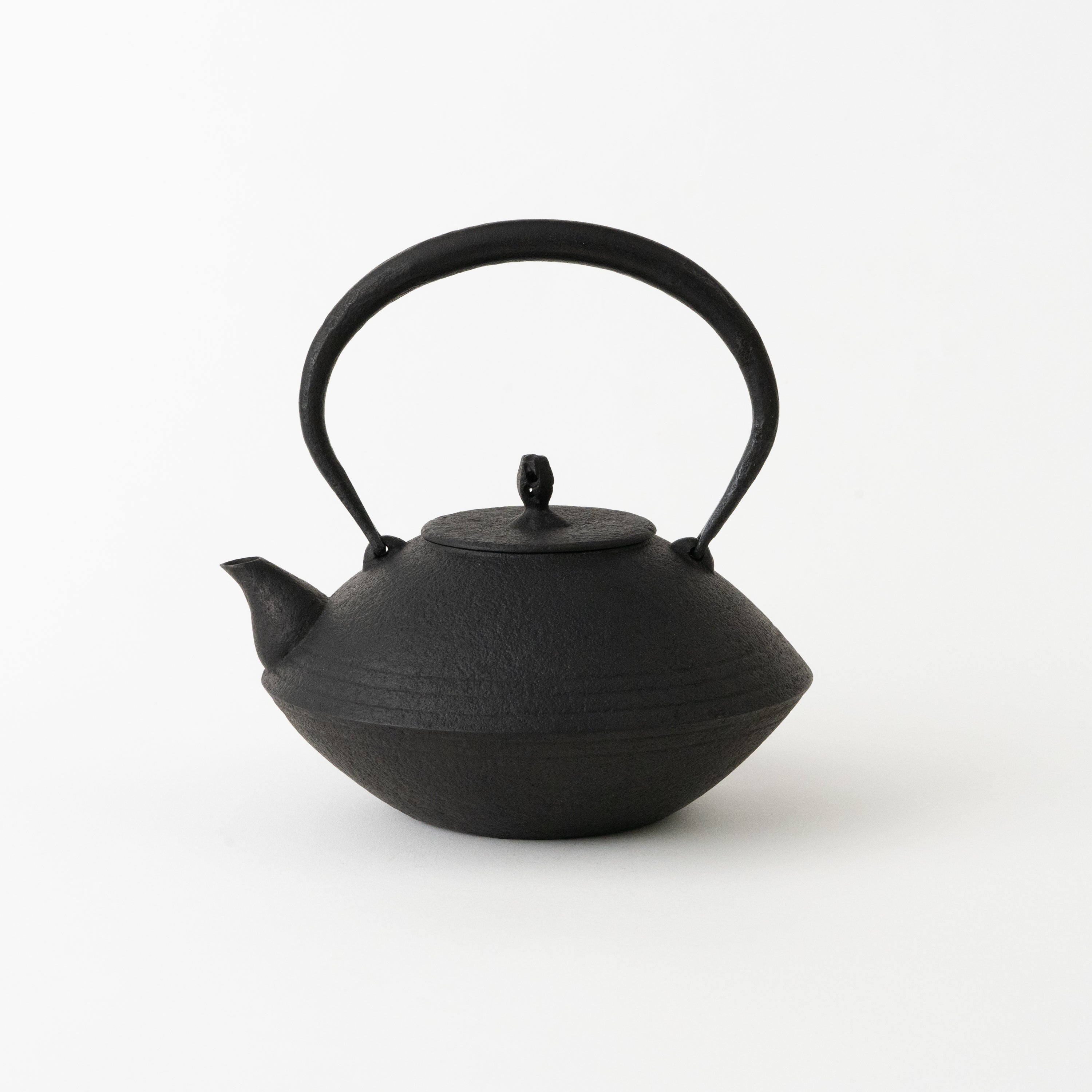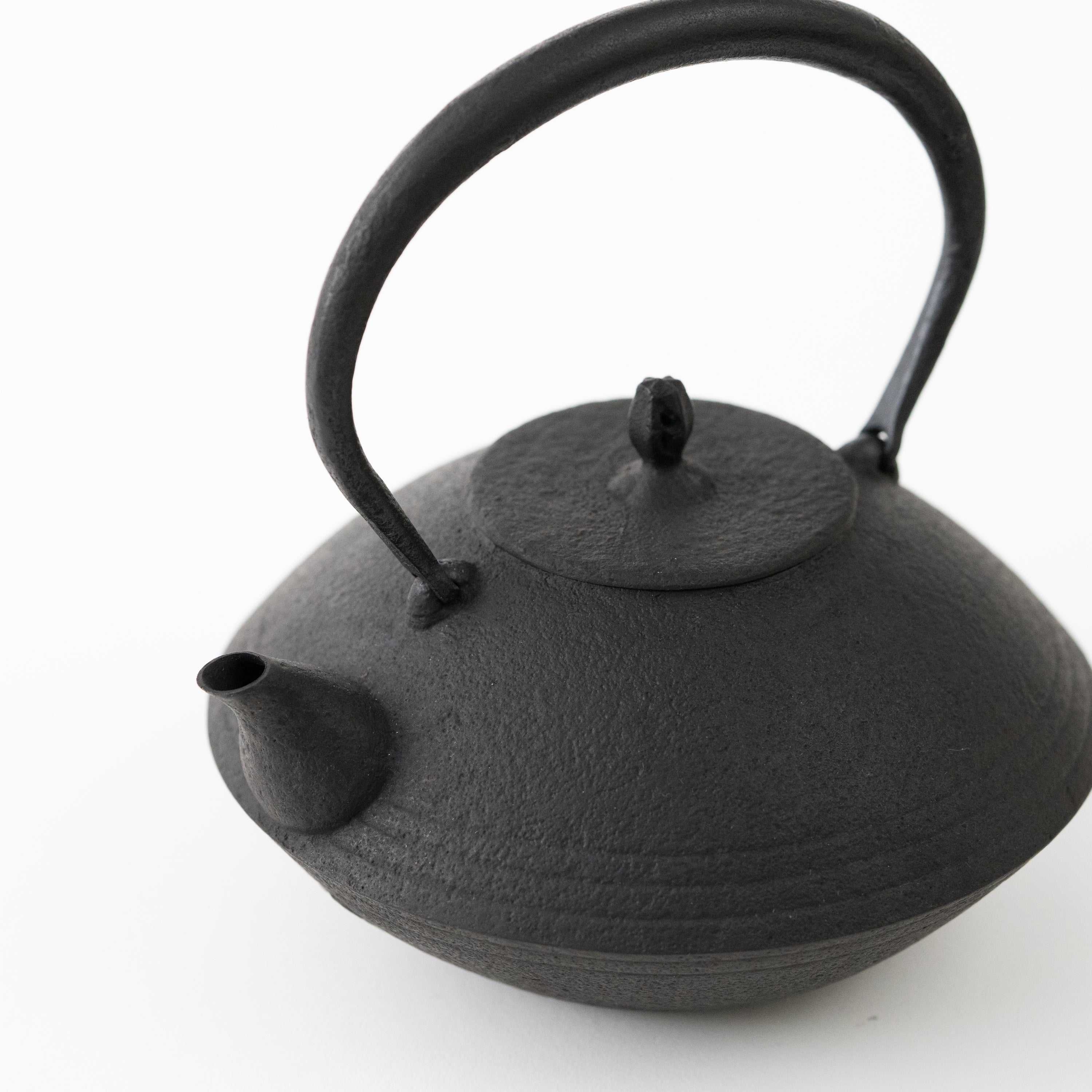

Frequently Asked Questions
Where are the products made?
All products are made in various areas and prefectures across Japan. HULS Gallery Singapore curates and presents a collection of fine crafts from across Japan, each with a unique heritage and expression, collectively highlighting Japan's distinctive appreciation of beauty.
Is there any physical store in Singapore?
Yes, we have 4 locations in Singapore.
Duxton Hill - Flagship
24 Duxton Hill, Singapore 089607
11pm - 7pm (Mon- Sat) *Closed on Sundays and Public Holidays
Millenia Walk
9 Raffles Blvd #01-36/37, Singapore 039596
11:30am- 8:30pm (Daily)
Joo Chiat
292 Joo Chiat Road #03-01, Singapore 427544
Tue - Fri: 11pm - 7pm / Sat & Sun: 10am - 7pm *Closed on Mondays
Takashimaya
Takashimaya Department Store, B1, Japanese Tableware Section
391A Orchard Road, Singapore 238873
What are the shipping charges?
1. Local Shipping (Standard)
The shipping fee is SGD10.00 (up to 2kgs) and free shipping for purchase over SGD300 & above.
Please note that this applies to local shipping only.
2. Local Shipping (Express)
The shipping fee is SGD25.00 (up to 20kgs). For purchase over SGD300 & above, you may enjoy a special rate of SGD15.00 for express shipping.
Please note that this applies to local shipping only.
When can I receive my order?
1. Local Shipping (Standard)
Upon receiving your order, please allow us 1-3 business days to prepare the shipment. Your order should arrive within 3-5 business days.
2. Local Shipping (Express)
To secure delivery on next day, please place your order before 2pm and choose express shipping. For orders made by 4pm between Monday to Friday, we will schedule delivery on the next day. For orders made on Sundays and Public Holidays, the earliest delivery will be on the following business day.
Mode of express shipment: Lalamove
Is there an option for self-collection?
Yes, you may opt for self-collection for your ordered items at Duxton Hill gallery.
Once you proceed to checkout the items in your cart, you will be guided to the payment page. In the delivery method section, please choose the "Pick up" option. We will send you an email notification as soon as the item is ready for pickup.
Upon your arrival at the gallery, kindly provide your name and order number for verification purposes.
Can you gift wrap my order?
For products that come with a box, you may choose ribbon wrapping (+SGD1) or mizuhiki wrapping (+SGD2).



